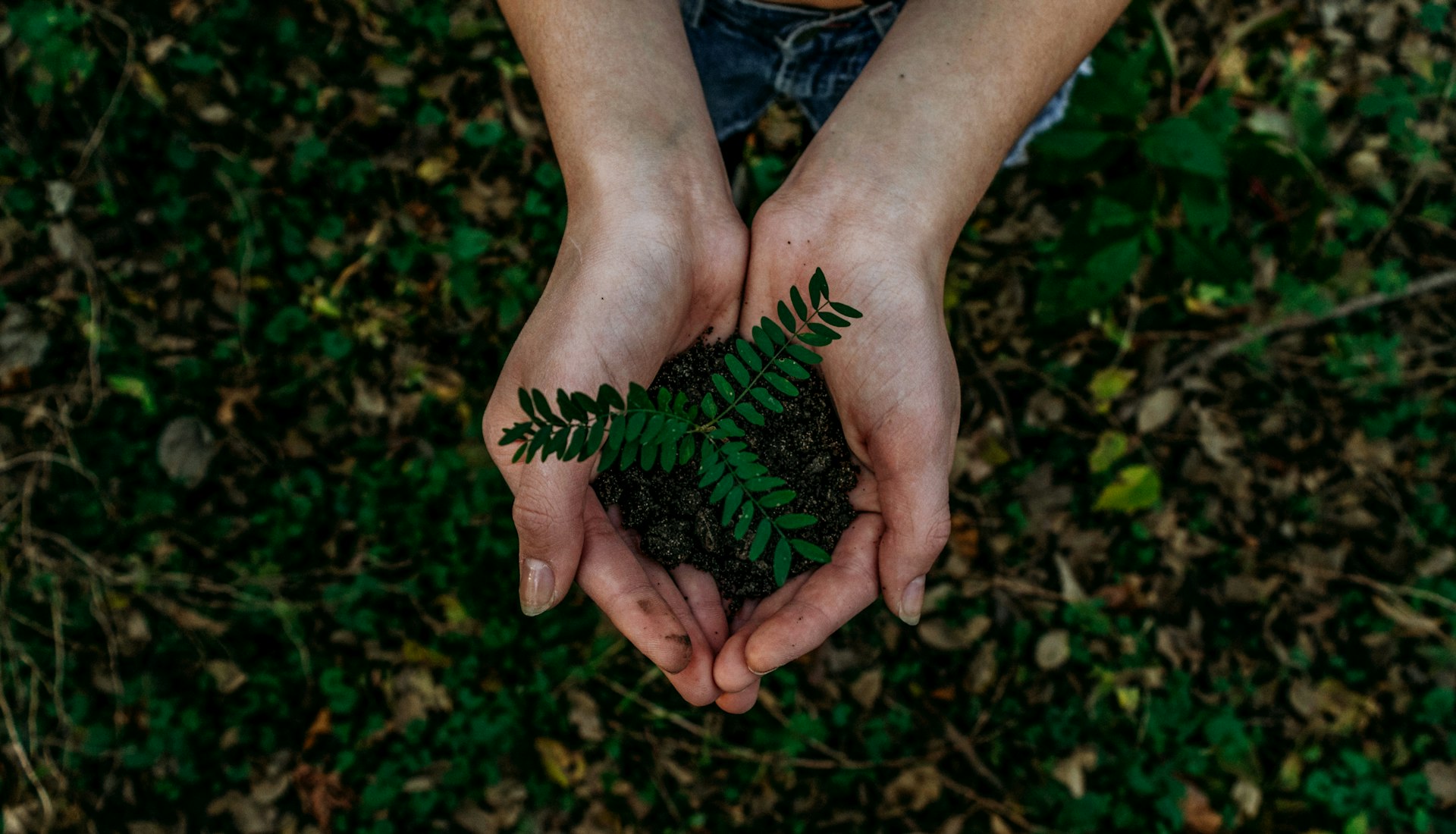As electronic dance music (EDM) continues to evolve, staying abreast of current trends in music production is essential for producers and artists alike. Whether you're a seasoned producer or an emerging talent, understanding these trends can inspire creativity, enhance your productions, and keep your sound relevant in the dynamic EDM landscape of 2024.
1. Genre Fusion and Hybridization
Blend of Genres: One prominent trend in 2024 is the fusion of different musical genres within EDM. Artists are increasingly incorporating elements from diverse genres such as hip-hop, pop, indie, and even classical music into their productions. This hybridization not only creates unique sonic landscapes but also appeals to a broader audience with varied musical tastes.
Experimental Sound Design: Producers are exploring unconventional sound design techniques and experimenting with new synthesizers, plugins, and audio processing tools. This trend pushes the boundaries of traditional EDM soundscapes, resulting in fresh and innovative tracks that stand out in a competitive market.
2. Focus on Melodic and Emotional Elements
Emotional Resonance: There is a noticeable shift towards creating EDM tracks that evoke deep emotional responses from listeners. Producers are emphasizing melodic elements, harmonies, and chord progressions that convey a range of emotions, from euphoria and nostalgia to introspection and melancholy. This trend reflects a desire to connect with listeners on a profound level beyond the dance floor.
Vocal-driven Tracks: Collaborations with talented vocalists are increasingly prevalent in EDM productions. Artists are crafting melodic hooks and memorable lyrics that resonate with listeners, adding a human touch and narrative depth to their tracks.
3. Innovative Rhythms and Percussion
Complex Rhythms: EDM in 2024 is characterized by intricate and dynamic rhythm patterns. Producers are incorporating diverse percussive elements, syncopated beats, and polyrhythms to create a compelling groove that keeps listeners engaged and dancing. This trend encourages experimentation with unconventional time signatures and rhythmic structures.
Live Percussion and Organic Sounds: There's a growing inclination towards incorporating live percussion recordings and organic sounds into EDM productions. From hand-played drums to sampled environmental sounds, these elements add texture, warmth, and authenticity to electronic tracks, enhancing their sonic richness.
4. Environmental and Cultural Influences

Global Soundscape: EDM artists are drawing inspiration from global music traditions and cultural influences. From Latin rhythms and African percussion to Asian instrumentation and Middle Eastern melodies, incorporating diverse cultural elements enriches EDM productions and broadens their appeal on a global scale.
Environmental Themes: Increasing awareness of environmental issues is inspiring some producers to integrate environmental themes and sounds into their music. Samples of natural environments, field recordings, and thematic compositions that reflect ecological concerns are becoming more prevalent, highlighting the intersection of music and environmental activism.
5. Technological Advancements and AI Integration
AI-assisted Production Tools: Advances in artificial intelligence (AI) are revolutionizing EDM production. AI-powered plugins and tools assist producers in generating melodies, harmonies, and rhythms, optimizing workflow efficiency and sparking new creative ideas. This trend is reshaping the creative process and blurring the lines between human creativity and machine intelligence.
Virtual Reality and Immersive Experiences: EDM artists are exploring virtual reality (VR) and augmented reality (AR) technologies to create immersive music experiences. Virtual concerts, interactive visuals, and spatial audio enhance the live performance experience, offering fans innovative ways to engage with music in virtual environments.
6. Sustainability and Ethical Production Practices

Green Initiatives: Sustainability is becoming a priority for many EDM producers and festivals. Adopting eco-friendly practices such as reducing carbon footprints, minimizing plastic waste, and promoting renewable energy sources aligns with growing environmental consciousness within the EDM community. Artists are using their platforms to advocate for sustainable practices and raise awareness about environmental issues.
Conclusion
In 2024, EDM music production is characterized by genre fusion, emotional depth, innovative rhythms, cultural influences, technological advancements, and a commitment to sustainability. Embracing these trends allows producers and artists to innovate, connect with audiences on deeper levels, and stay relevant in a rapidly evolving industry. By integrating these trends into their creative processes, EDM creators can shape the future of electronic music and inspire listeners worldwide.